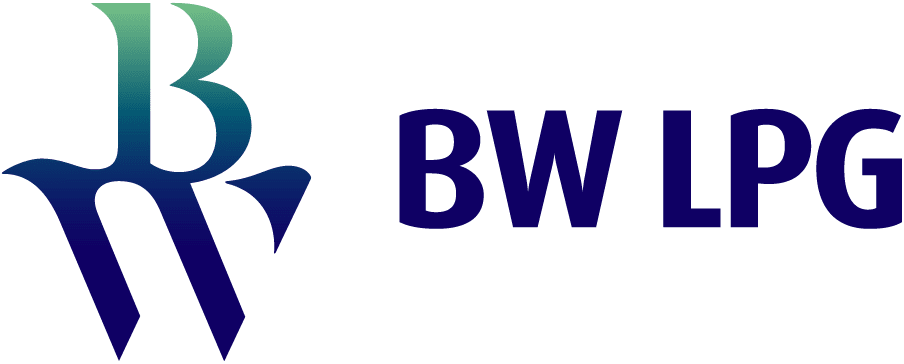Charting new paths towards Zero Harm at BW LPG
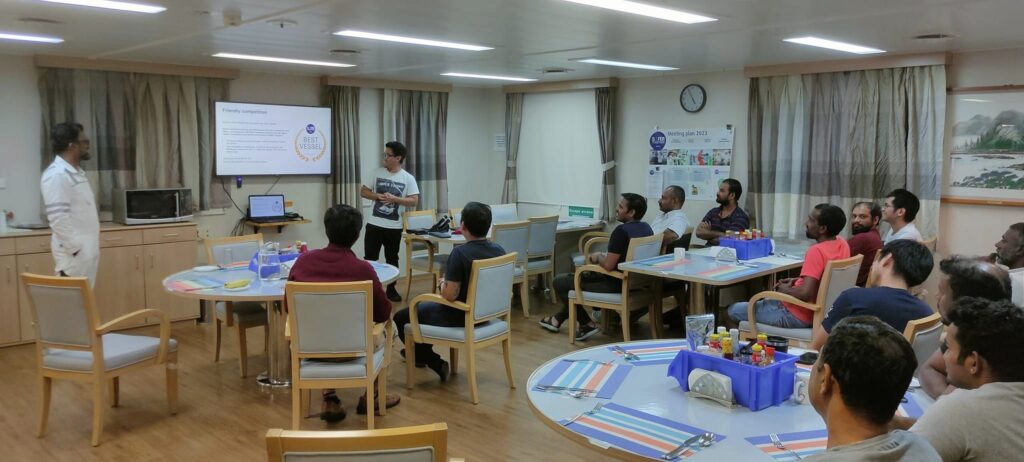
BW LPG continues to remain steadfast in its safety vision of Zero Harm. In 2023, this vision remains unchanged, but what is new is a safety campaign to ensure continued focus on this vision. Neatly summarised as “Safer Together”, our campaign sets the course for how we will work towards our vision of Zero Harm to people, the environment, and our vessels this year.
Making Adjustments Along Our Zero Harm Journey
We believe that all incidents are preventable, and that everyone is responsible for his and her own safety, as well as the safety of team members. Over the years, there were multiple initiatives to remind colleagues to prioritise safety. These initiatives have accumulated, and we are experiencing a situation where quantity has overshadowed quality – too many safety meetings, a focus on the number of safety observations rather than their quality and value.
Setting the Course for Quality and Depth
Acting on feedback from crew, the HSEQ team has launched the “Safer Together” Safety project in 2023. In a nutshell, four safety topics will be discussed over 12 safety meetings, following a quarterly cadence and using safety tools we already know. These meetings follow an easy-to-understand structure:
Meeting A: A For Action
At the start of each quarter, crew members come together to discuss the incident-based or reflective learning topic in focus, and agree on an action plan to improve the situation onboard. The topic for the first quarter is on “Teamwork and Leadership”, followed by “Care for People”, “Dealing with Risk”, and “People Make Mistakes” for the next few quarters in 2023.
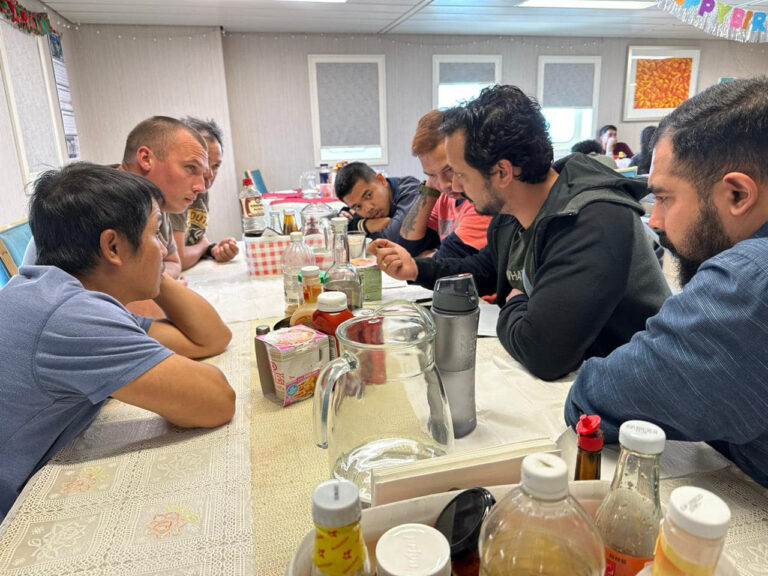
Meeting B: B For Brainstorm
Mid-quarter, crew members regroup to evaluate progress on the agreed plan of action, together with a group based task (Learning Engagement Tool) on the same topic. They also discuss safety observations which were submitted since Meeting A, and submit their best observation to the office.
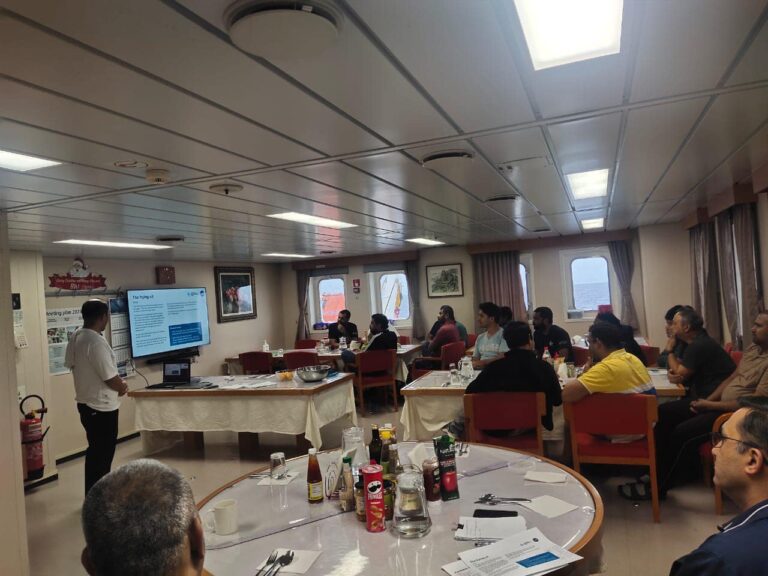
Meeting C: C for Communication and Conclusion
At the end of the quarter, crew members summarise their safety performance and conclude their action plan for the quarter. Best practices from across the fleet are communicated and shared.
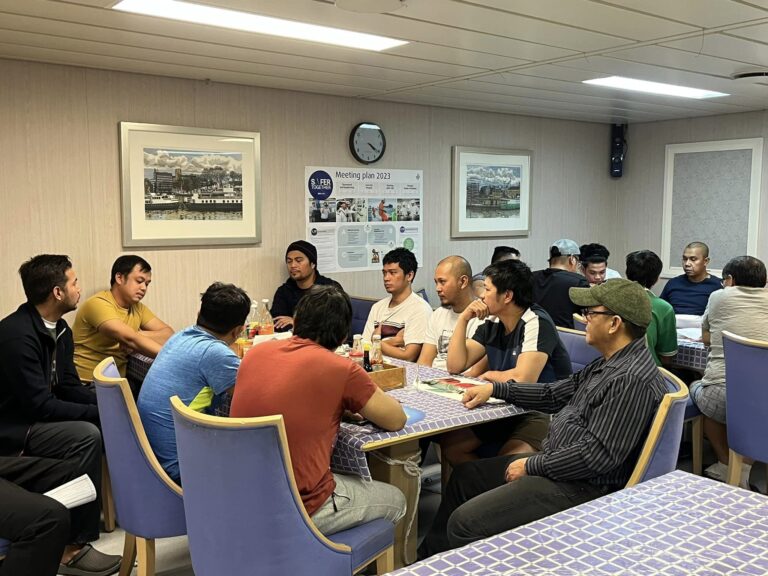
Practice Makes Perfect
Vessels have embraced the Safer Together project and have provided meaningful and quality action plans and safety observation posters on this quarter’s topic of Teamwork and Leadership. These submissions provide a valuable throve of data to analyse and share. While there are some strategic concerns related to staffing and better planning of non-routine procedures, it is the little things that matter: sharing ideas in small groups to overcome hesitation and shyness, using English as the official business language during work hours, spending free time together and celebrating each other’s key festivals, and hiring new crew with a shared focus on safety.
With a collaborative and open environment onboard where everyone feels safe to speak up, we will improve our overall performance and be safer together. How, exactly, though? We share a positive and a negative example.
Negative example
During mooring operations, a crew accidentally steps on the hydraulic valve for the mooring winch and it broke off. Afraid of repercussions, he does not report the safety hazard. The defect is discovered on the same day during SIRE inspector rounds and results in a SIRE observation.
Positive example
A stand-by crew notices that a team member is ready to enter an enclosed space but has not switched on his personal gas meter and air calibrator. He feels safe to raise his concern; the team member is receptive to the correction; and the enclosed space entry is conducted safely and smoothly.
The negative example goes beyond a SIRE observation; a safety hazard was unreported and could have caused someone to be hurt. The positive example showcases teamwork in action, situational awareness and an appreciation that safety is everyone’s responsibility, and not just the team member undergoing a high-risk activity.
On the Right Track
Says Jostein Vaagland, Risk and Safety Superintendent, BW Fleet Management, “It is early days yet, but we are encouraged that feedback has been good. Suddenly some of the activities make sense when the context is harmonised under Safer Together. We will take the time to adjust as we handle new work flows and activities”.
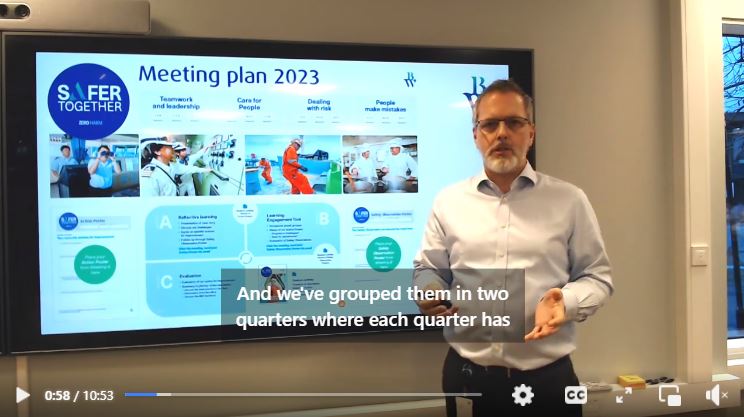
He adds: “As humans, we make mistakes. The important thing is to share, learn and improve. If we don’t, the opposite is true – we learn nothing, and only carry the cost of the incident which may repeat itself with new human and financial cost. We hope that this Safer Together project will allow us to take the best of what we have been doing, weave it together, and reduce the total number of meetings while increasing the learning output”.
